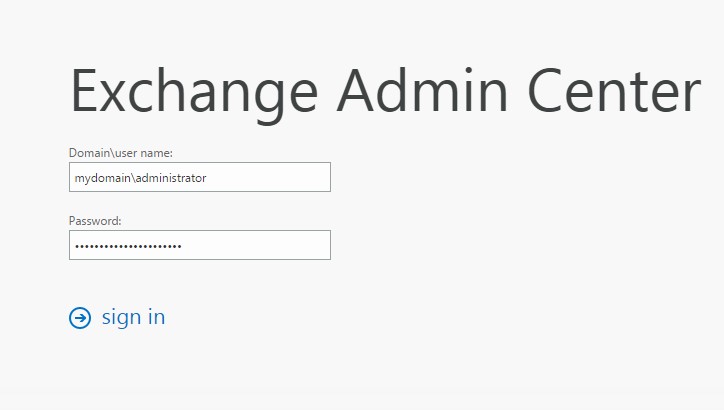

You can exit the remote session by running the following command: PS C:> Remove-PSSession $session PS C:> $session = New-PSSession -ConfigurationName Microsoft.Exchange -ConnectionUri -Authentication Kerberos -Credential $creds If you need to provide different credentials for the connection use the following commands instead, and enter the credentials in the logon box that appears: PS C:> $creds = Get-Credential

To connect to a remote Exchange 2013 server using PowerShell you need to be running Windows 7 SP1, Windows 8 (or higher), Windows Server 2008 R2 SP1, or Windows Server 2012 (or higher).įrom a PowerShell console run the following commands, using the FQDN of a Client Access server in your organization: PS C:> $session = New-PSSession -ConfigurationName Microsoft.Exchange -ConnectionUri -Authentication Kerberos However you can still install the management shell on a workstation or server if you prefer. Remoting is simpler because it requires no management tools to be installed on the computer that you are connecting from. In this video I take a quick look at the Exchange Admin Center.įor PowerShell-based administration we can still use the Exchange Management Shell, or just use PowerShell remoting. Instead, the management console has been changed to a web-based management portal called the Exchange Admin Center.

With the release of the Exchange Server 2013 a lot of people in the Exchange community are talking about the big changes to the management tools.Įxchange Server 2013 no longer uses the MMC-based management console that we became familiar with in Exchange 2007 and Exchange 2010.


 0 kommentar(er)
0 kommentar(er)
